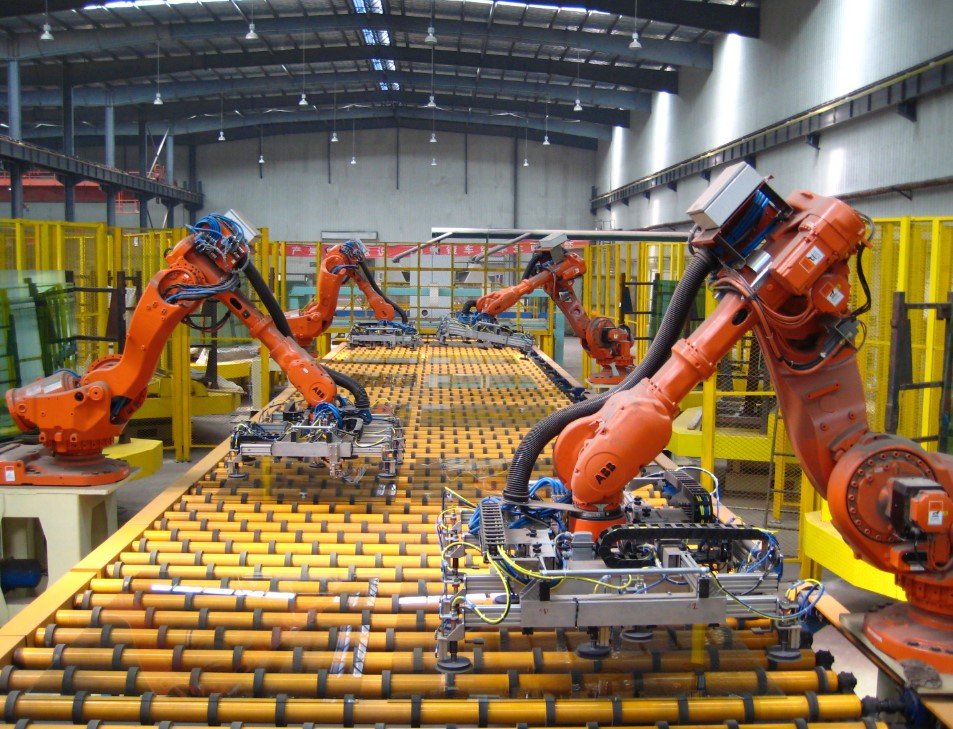The automotive glass industry is experiencing a robust expansion, with projections estimating its value to surge from $16.4 billion in 2021 to an impressive $31.2 billion by 2031. This growth is underpinned by a steady compound annual growth rate (CAGR) of 6.8%.
Asia-Pacific Leads the Charge in Automotive Glass Production
Asia-Pacific held the top spot in the global automotive glass market in 2021, with China playing a pivotal role. Major players like Fuyao and AGC dominate the landscape, contributing significantly to the region’s revenue share. The surge in electric vehicle (EV) demand is particularly noteworthy. As fuel prices climb and climate concerns intensify, consumers are increasingly opting for EVs, which require specialized glass that’s lighter, more durable, and offers superior insulation.
China’s manufacturing prowess can’t be overstated. Companies here are not just meeting current demands but are also innovating to stay ahead. This proactive approach ensures that the region remains a key player in the automotive glass sector for years to come.

Safety Features Drive Demand for Advanced Glass Technologies
Safety remains a paramount concern for both manufacturers and consumers. Laminated glass, known for its shatter-resistant properties, is gaining traction. This type of glass significantly reduces the risk of injury during accidents, making it a preferred choice for many automakers. European brands, in particular, have been early adopters, integrating laminated side glass into their luxury vehicle lines. Models like the Mercedes-Benz S-Class and Jaguar XJ now come standard with these enhanced safety features.
Moreover, technological advancements are pushing the envelope further. Electrochromic glass, which can adjust its tint based on lighting conditions, is being developed to offer both functionality and safety. These innovations not only improve vehicle performance but also provide a competitive edge to manufacturers who implement them.
Sustainability Takes Center Stage in Automotive Glass Production
Sustainability is no longer a buzzword but a driving force in the automotive glass industry. Manufacturers are increasingly focusing on eco-friendly products, utilizing recycled materials to produce automotive glass. For example, AGC’s Saflex® Earth T incorporates up to 60% post-consumer recycled material, significantly reducing the carbon footprint of automotive glazing. Similarly, Fuyao’s iStream® A2 is designed to meet stringent European Union regulations while being thinner and lighter, enhancing both performance and environmental responsibility.
-
- Use of recycled materials in glass production
- Development of energy-efficient manufacturing processes
- Collaboration with automakers to meet green standards
These initiatives not only appeal to environmentally conscious consumers but also align with global regulatory trends aiming to reduce the automotive industry’s environmental impact.
Impact of COVID-19 on the Automotive Glass Market
The COVID-19 pandemic initially disrupted the automotive glass supply chain, leading to delays in production and delivery. However, as the pandemic’s effects began to wane, a shift in consumer behavior emerged. People became more hesitant to use public transportation, opting instead for personal vehicles. This change spurred an increased demand for automotive glass products, particularly those used in personal vehicles.
Automakers responded by integrating advanced glass technologies, such as smart glass and heads-up displays, to enhance vehicle features and attract consumers. Additionally, the pandemic underscored the importance of sustainable transportation solutions, accelerating the shift towards electric and autonomous vehicles. These vehicles rely on specialized glass products, further boosting demand in the market.
| Impact of COVID-19 on Automotive Glass Market |
|---|
| Supply Chain Disruptions |
| Reduced production capacity due to lockdowns |
| Delays in sourcing raw materials |
| Transportation challenges impacting delivery |
| Shift in Consumer Preferences |
| Increased demand for personal vehicles |
| Enhanced focus on vehicle safety features |
| Growth in electric and autonomous vehicle sales |
This table highlights the multifaceted impact of the pandemic, illustrating both the challenges and opportunities that have emerged within the automotive glass sector.
Future Outlook and Market Drivers
Looking ahead, several factors are set to propel the automotive glass market forward. The rising demand for passenger cars and commercial vehicles globally is a primary driver. Additionally, the advent of smart glass and augmented reality displays introduces new functionalities that appeal to modern consumers. Safety regulations mandating high-quality glass in vehicles further fuel market growth, ensuring that automakers prioritize advanced glass technologies.
Electric and hybrid vehicles, with their unique glass requirements, represent a significant growth avenue. Governments worldwide are incentivizing the purchase of these vehicles, which in turn boosts the demand for specialized glass products like sunroofs and advanced window systems. For instance, Canada offers incentives of up to $5,000 for electric and hybrid vehicle purchases, directly influencing the automotive glass market by increasing the need for high-quality glass components in these vehicles.
However, the market isn’t without its challenges. Volatility in raw material prices and potential economic downturns could impact production costs and demand. Manufacturers will need to navigate these uncertainties carefully to sustain growth.
















